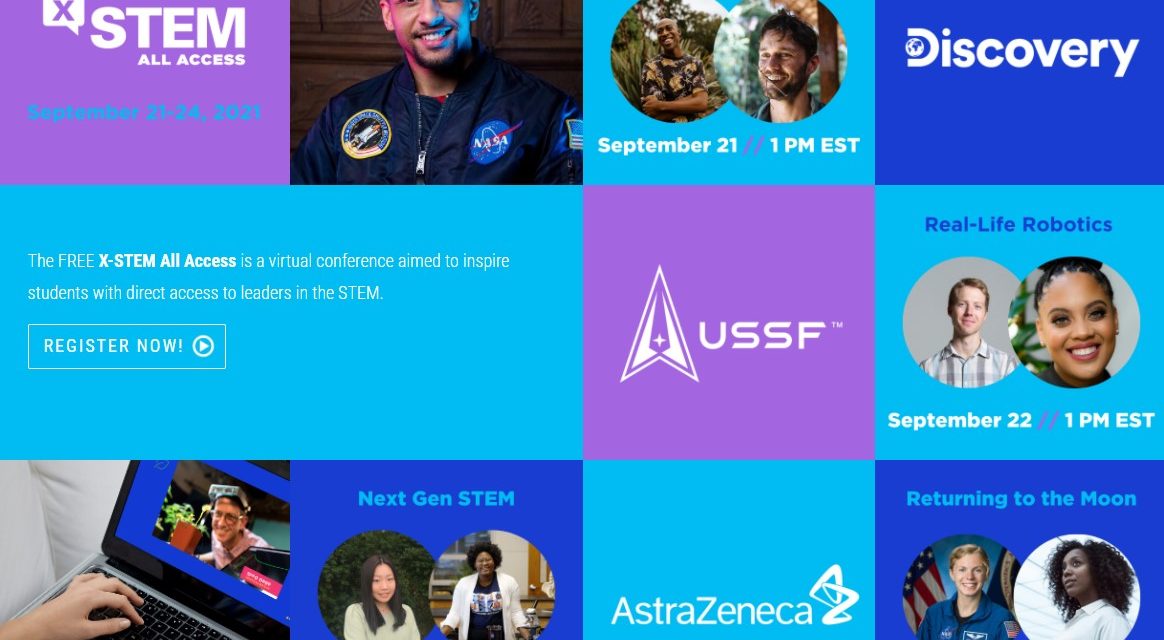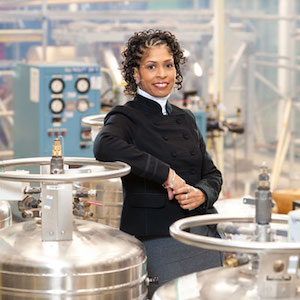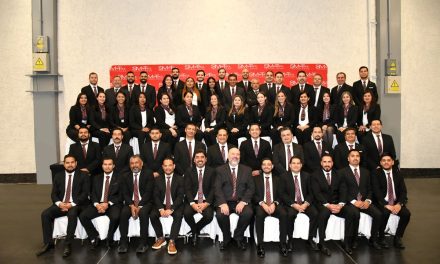Dr. Aprille Ericsson-Jackson, Aerospace Engineer and Advocate for Diversity in STEM

As the first Black woman to receive a Ph.D. in Mechanical Engineering from Howard University — and the first Black woman at NASA’s prestigious Goddard Space Flight Center to receive a Ph.D. in Engineering — Ericsson-Jackson has firsthand experience breaking barriers. Throughout her busy career, she has advocated for more diversity in STEM.
Aerospace Contributions

-
Predetermining the dynamics and structural reactions of satellites
-
NASA’s Tropical Rain Measuring Mission, which helped to observe the effects of weather cycles (El Niño and La Niña)
-
Designing instrumentation for the Wilkerson Microwave Anisotropy Probe and the Lunar Reconnaissance Orbiter
-
Designing a laser altimeter instrument for the ICESat-2 Atlas satellite, which measures ice sheets over Greenland and Antarctica to determine the impact on global sea level
“From peering into the distant reaches of the universe to examine things like the Big Bang Theory, black holes and gravitational waves, to our exploration efforts with the moon and Mars, to addressing a vital issue such as climate change, it has been an honor to work with so many bright and committed individuals,” she told NASA, in response to winning the Washington Award in 2016. She joins other notable Washington Award winners, including Orville Wright, Henry Ford, Neil Armstrong and Bill Nye, all of whom changed the course of science and technology.
Aprille Ericsson-Jackson on Women in STEM
In her youth, Ericsson-Jackson was inspired by watching the Apollo missions on television. She enjoyed science and built her first scientific instruments for middle-school science fairs. In high school, she participated in a science outreach program for minority students at MIT. There, she had the opportunity to sit in the aircraft control tower and fly in a flight simulator. Her experience demonstrates the power that educational outreach has for underrepresented populations in STEM.
Diversity and inclusion are important goals in STEM fields today, and Ericsson-Jackson has been advocating for underrepresented groups throughout her entire career, emphasizing the fact that the economy is falling behind because talented people are systematically excluded from opportunities in STEM fields.
When she delivered the Women’s History Month keynote address at the Library of Congress in 2001, she explained why there were so few young women in STEM fields: “It’s not that they’re incapable. It’s just that they have been unwittingly discouraged from succeeding in these fields.”
She emphasized, “This downward spiral is especially severe for girls of color, girls with disabilities, girls living in poverty and girls who are learning English as a new language.”
Valuable Perspectives
Dr. Aprille Ericsson-Jackson is an inspiration and advocate for STEM diversification and inclusion, with a focus on minority female students. At various speaking engagements throughout her career, she has explained that without a diverse range of perspectives in STEM, we are missing out on valuable creativity and innovation.
SOURCE: Originally posted on Northrup Grumman Blog













